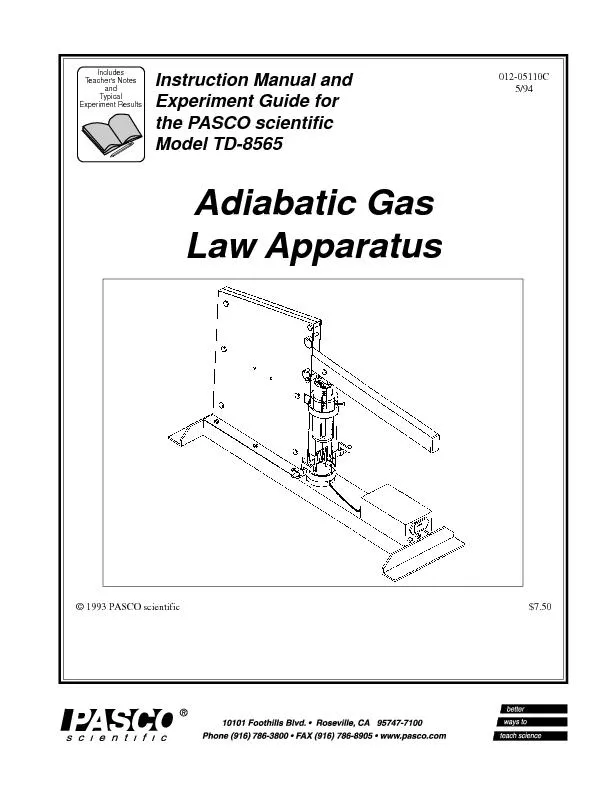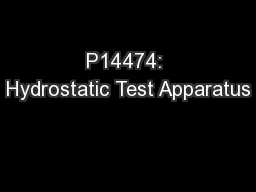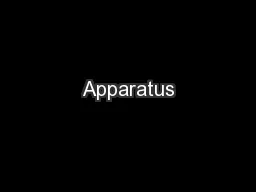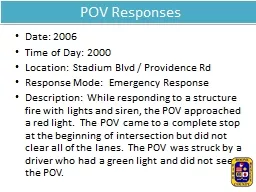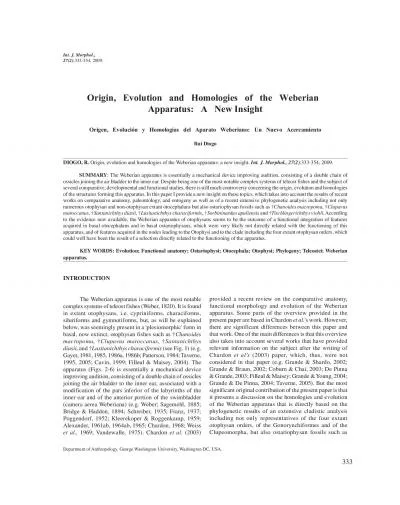PDF-1993 pasco scientific 7 50adiabatic gaslaw apparatus
Author : kittie-lecroy | Published Date : 2016-05-08
01205110C the PASCO scientific Teachers NotesTypical Adiabatic Gas Law Apparatus i Table of ContentsSectionPageCopyright Warranty and Equipment Return
Presentation Embed Code
Download Presentation
Download Presentation The PPT/PDF document "1993 pasco scientific 7 50adiabatic gasl..." is the property of its rightful owner. Permission is granted to download and print the materials on this website for personal, non-commercial use only, and to display it on your personal computer provided you do not modify the materials and that you retain all copyright notices contained in the materials. By downloading content from our website, you accept the terms of this agreement.
1993 pasco scientific 7 50adiabatic gaslaw apparatus: Transcript
Download Rules Of Document
"1993 pasco scientific 7 50adiabatic gaslaw apparatus"The content belongs to its owner. You may download and print it for personal use, without modification, and keep all copyright notices. By downloading, you agree to these terms.
Related Documents

